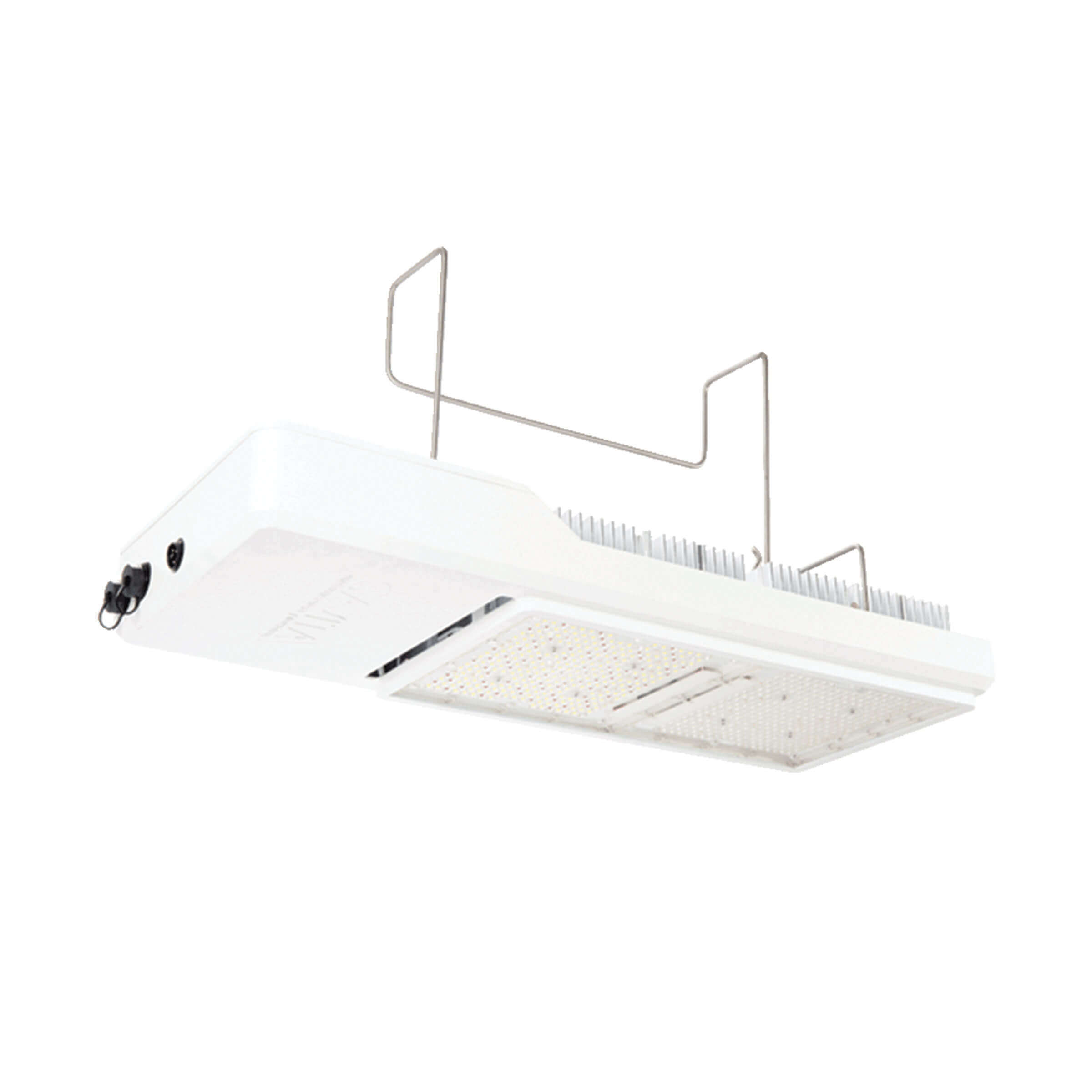If You Can’t Measure It, You Can’t Improve or Manage It.
In most cases, this is true, but theory and calculations are also needed. Because simply applying a sensor is not always enough.
The inverse square law works at 100% of a point light source in free space. In optical fiber by 0%. In real boxing, somewhere between them and at different points in different ways.
Let's say you have a growbox 2 * 2 * 6 feet with a Led bar on the entire roof 2 * 2, and its machines and bottom have a reflection of 90%.
If you place the probe 1 foot away from the lamp, it will read eg 1000 micromoles. there is no inverse square law here (unlike point HPS), because the light from neighboring chips is added to the light of an individual chip decreasing according to this law when the sensor decreases. However, it still does not work very well due to the reflection of the walls. There is also no "optical fiber effect" yet, because at this height the reflection from the walls is insignificant. While everything is simple.
Now place the sensor 5 feet from the lamp (1 foot from the bottom). It will probably read about 200. Here the "Fiber Effect" is already starting to work, but then why is the sensor reading so small? When light is reflected from the walls twice, it will remain (0.9 * 0.9 = 0.81), three times 0.73, four times 0.66, and so on. Probably three times is the maximum that happens in the stead, but not sixteen to weaken to 0.2.
This is where the difference between the reflection in the box and the fiber is manifested, and the fact that the loss in the fiber is much less than 0.9 is not the main thing (the number of reflections in the box is not so large). The walls of the box, when reflected, also strongly scatter the light, that is, give it all sorts of directions.
What does the sensor measure? - light falling on it at an angle of 90 radii and light from 0 to 90 multiplied by the cosine of the angle (from 0 to 1). That is, not the whole value, such as a microphone (although most also depend on the direction) or a thermometer. And a small part of the light even comes from below reflected from the bottom.
It's just that the sensor does not catch all the light, as well as the human eye and the camera, and therefore it "works" ideally in these tasks.
Plants catch light in all directions inaccessible to the measurement of the sensor and this should be taken into account. For a complete picture, it is worth at least placing the sensor in the usual horizontal, vertical and inverted position to summarize the readings.


